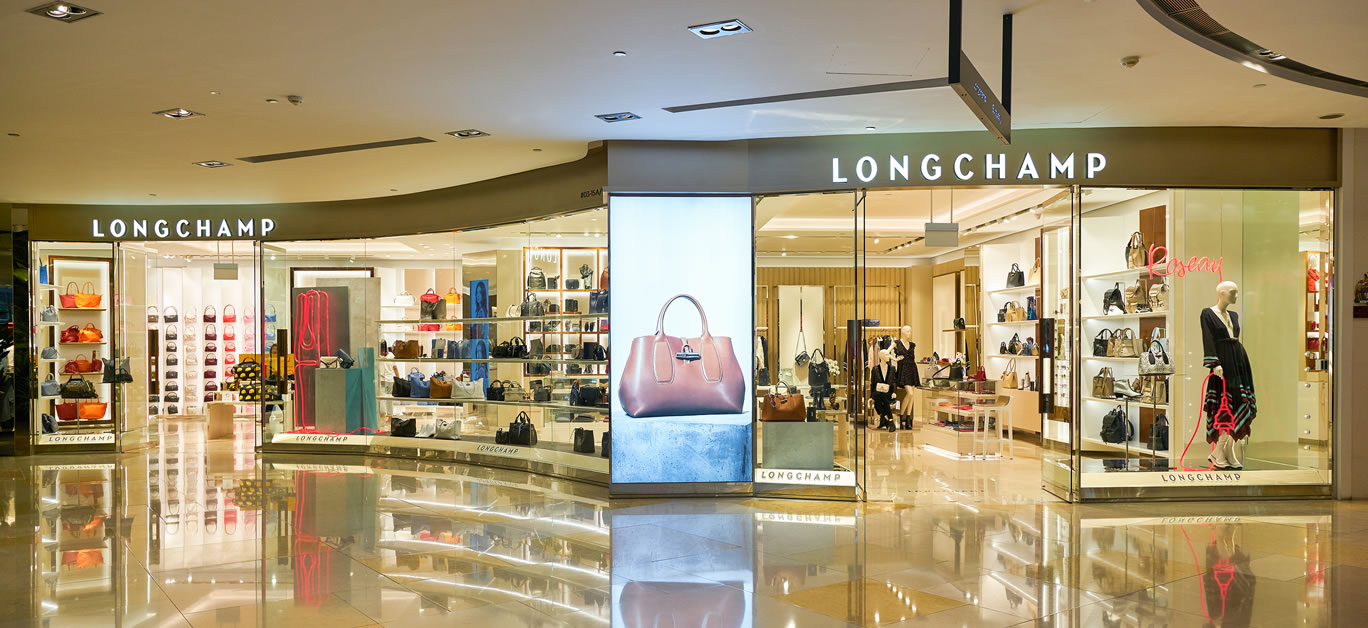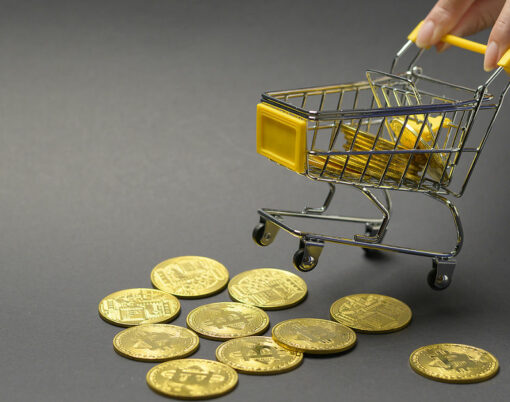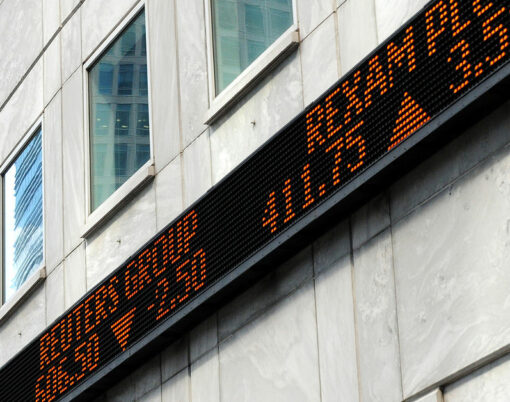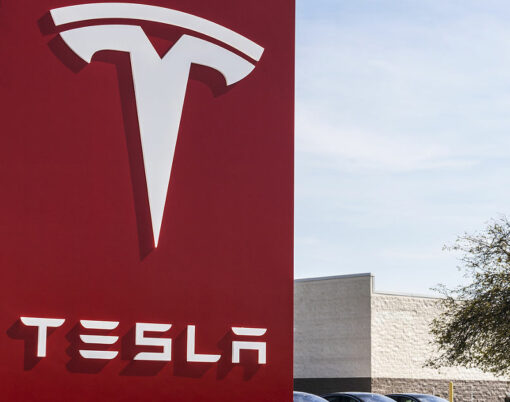It’s been a turbulent year for Bitcoin and cryptocurrencies in general, with the market experiencing some dramatic peaks and troughs before eventually levelling out somewhat of late. But prices are still much lower than they have been historically, making now an attractive time for seasoned investors to buy up assets and sit tight until the numbers surge once more, playing the long game in a bid to make some sizable returns.
Despite cryptocurrencies not having reached the lofty numbers that were once predicted by industry experts yet, interest in them remains high, with trading platforms like bitiq.app continuing to see a consistent level of new sign ups each month as investors and seethe long-term potential. And as the luxury world continues to adopt some of the leading digital coins as means of payments, they are becoming more appealing to the world’s wealthy than ever before.
From high-end cars to lavish holidays, you can now spend your Bitcoin, Ethereum and other popular alt coins on all of the luxuries you love, and in 2022, luxury goods accounted for 20 per cent of all sales amongst crypto-enabled merchants.
Last year, the focus was very much on the novelty of digital assets that were available through the metaverse, with NFTs becoming the talk of the town. But now, it seems that high-end brands are shifting it back to physical products and how crypto can best be used to facilitate a smooth and seamless purchasing process, because it’s something that is increasingly in demand from high-net-worth customers.
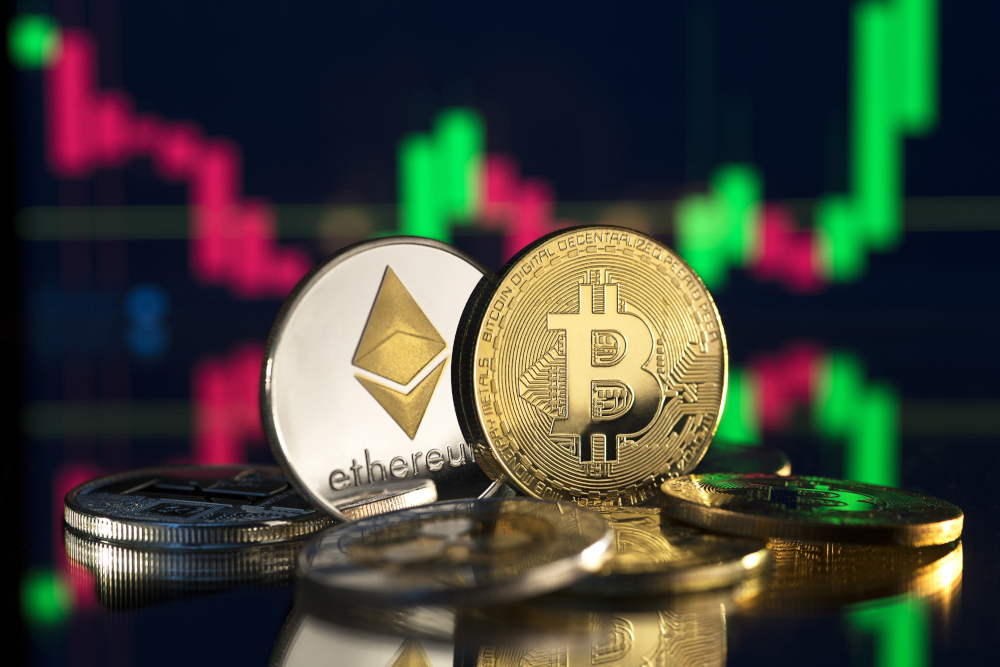
Web3 goes luxury
Web3 – a new iteration of the internet which incorporates concepts including the kinds of blockchain technologies that underpin cryptocurrencies, as well as decentralisation and token-based economics, has welcomed many luxury brands into the space of late, and each has brought its own loyal following of high-spending customers with it.
A prime example is leading fashion designer Ralph Lauren, who recently revealed plans for a partnership with payment provider BitPay to enable it to accept crypto as a means of payment at its new Miami-based store. It’s not the first brand in the luxury world to do so, and follows in the footsteps of Philipp Plein, who opened the world’s first ever crypto concept store in London last year. And like Plein, Lauren’s store includes a crypto-native experience – in this case in which NFTs are gifted via an additional partnership with Poolsuite, all in an ode to the modern Miami lifestyle.
Although there’s a way to go until crypto goes truly mainstream, it has become widely sought-after amongst the world’s wealthy, with many global millionaires and billionaires now holding crypto fortunes within their digital wallets, and thanks to the ongoing emergence of simple, user-friendly platforms, using them to pay for luxury goods is a growing trend.
According to a study conducted by BitPay, nearly 20 per cent of all items purchased in 2022 with crypto were luxury goods, and ranged from high-end cars to private jets and yachts, and from luxury watches and designer fashion to real estate. In fact, luxury vehicles accounted for 20 per cent of all of these sales, with jewellery and apparel taking a 15 per cent share and watches coming in at 12 per cent.
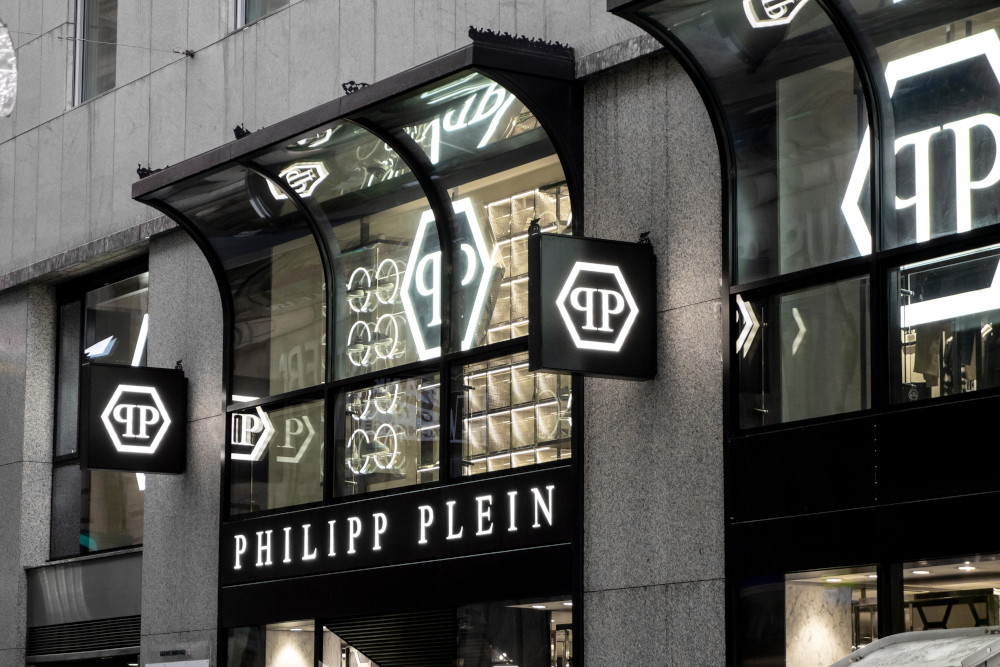
It’s clear that those who have amassed a sizable stash of crypto are looking for more ways to spend it, and are already finding some extravagant ways to do just that. But looking ahead, what could this mean for the future of wider crypto payment adoption – and will the mainstream have to finally embrace it?
Breaking into the mainstream
The idea of eventually being able to use crypto to pay for everyday things has been discussed in the industry at length, and with luxury goods paving the way, mainstream adoption might not be as far off as you’d think.
As the success of digital assets as a means of payment in the luxury world becomes increasingly apparent, it’s almost certain to have a ripple effect – and with many online merchants already starting to offer crypto as a means of payment at the checkout, it’s a process that could already be well underway.
The digital economy
The key to such change is of course, education, with both merchants and consumers needing to become better acquainted with how crypto transactions work and the benefits that come with them, such as increased security and lower fees. As we continue to transition into the digital economy, many financial experts believe that it’s only a matter of time.
Disclaimer: Investing money carries risk, do so at your own risk and we advise people to never invest more money than they can afford to lose and to seek professional advice before doing so.












